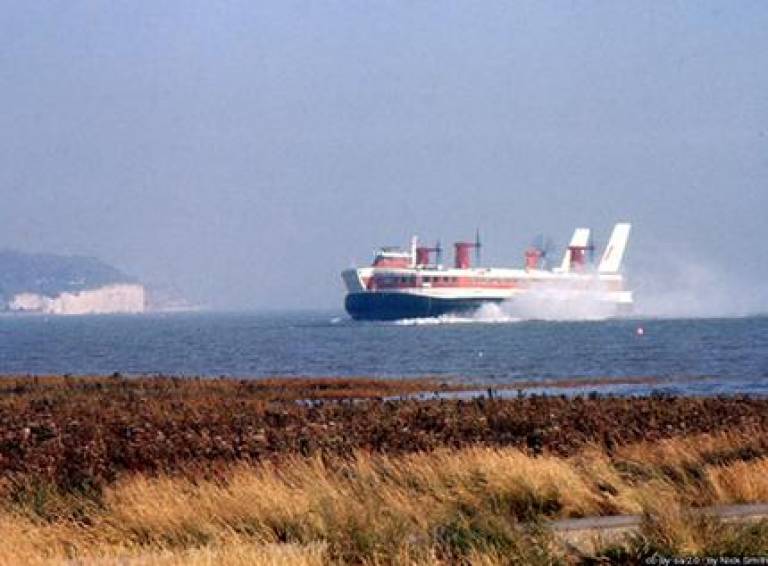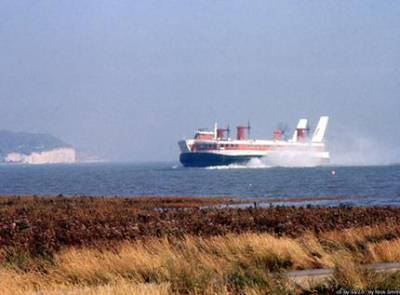Jacob Paskins - Situating Architecture Lecture Series
24 October 2016, 1:00 pm–2:00 pm

Event Information
Open to
- All
Location
-
Room G02, 140 Hampstead Road, London NW1 2BX
Hovercraft Architecture
What connects the Millbank Tower in London with Archigram and the "Jungle" refugee camp in Calais? The hovercraft, surprisingly…
The
hovercraft is an amphibious vehicle-somewhere between a boat and a
plane-that can travel rapidly on a cushion of air, free to chart its way
over land or sea, regardless of obstacle. Vickers, one of the
developers of hovercraft, would once proudly show off its fleet beside
the company's new HQ (now Millbank) by the Thames. For nearly forty
years, these vessels provided fast and affordable high-speed travel
between Britain and France. Beyond its position as a popular form of
transport, hovercraft technology had a no-less notable role in
architectural research in the 1960s and 70s, spawning new breeds of
pneumatic architectures and floating structures. It is well known that
the hovercraft inspired designs by Archigram and other radical
practitioners who proposed mobile, floating and amphibious architecture.
This talk examines one of the most striking aspects of this "hovercraft
architecture": its desire to eliminate fixed structures, and reconceive
urban and geopolitical boundaries. The cross-channel hovercraft,
meanwhile, operated within the confines of conventional built structures
and fixed international borders. In Calais, the hoverport triggered
significant urban development, creating the very sites where, in more
recent years, the so-called jungle encampments have been located. At
this time of crisis in European politics and territorial control, it is
more pressing than ever to recall the era of hovercraft architecture
that promised an alternative to the notions of nation, place and
permanence.
Jacob Paskins is an
architectural and urban historian, and teaching fellow at the Bartlett
School of Architecture, UCL. He has held research and teaching positions at
the University of Cambridge and the UCL Department of Geography. Jacob's
research centres on the production of the built environment, with a
particular focus on the social and cultural implications of
architecture, construction work and urban development in Britain and
France. Other research interests include multi-sensory architecture, and
urban film. His first book Paris Under Construction: Building Sites and
Urban Transformation in the 1960s was published by Routledge in 2016.
He is currently working on a history of cross-channel port
infrastructures and high-speed marine travel.
Situating Architecture lectures are free and open to members of the public on a first come, first seated basis.
error message: 'NoneType' object has no attribute 'to_html'
Image: A Hoverlloyd hovercraft, Pegwell Bay, Kent. 1980. Photograph Copyright Nick Smith, licensed under the Creative Commons Attribution-Share Alike 2.0 Generic Licence.
 Close
Close


